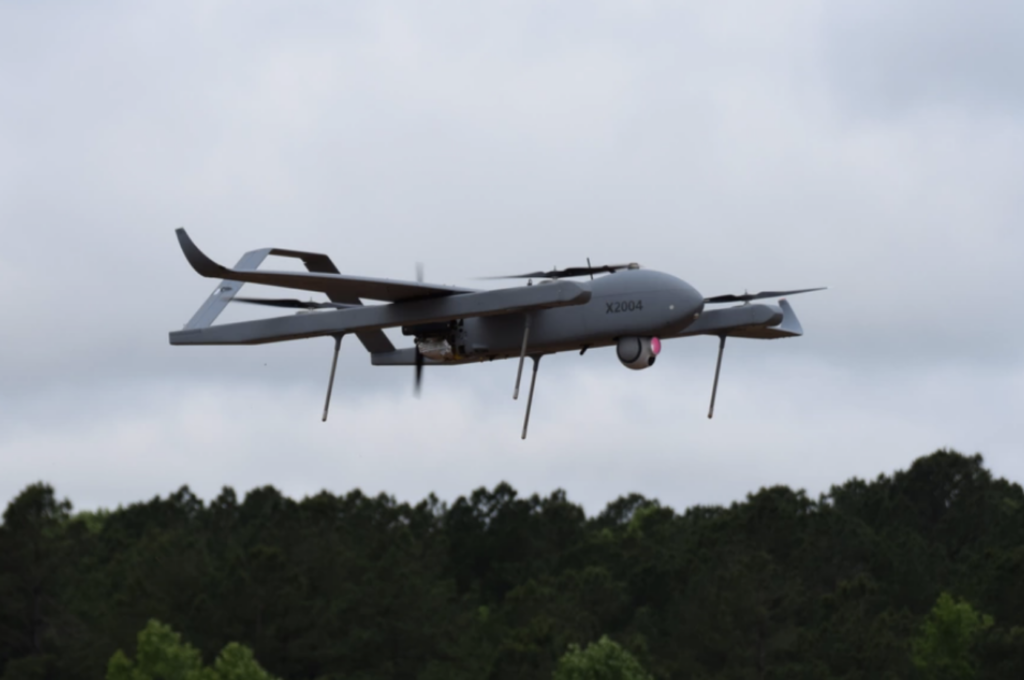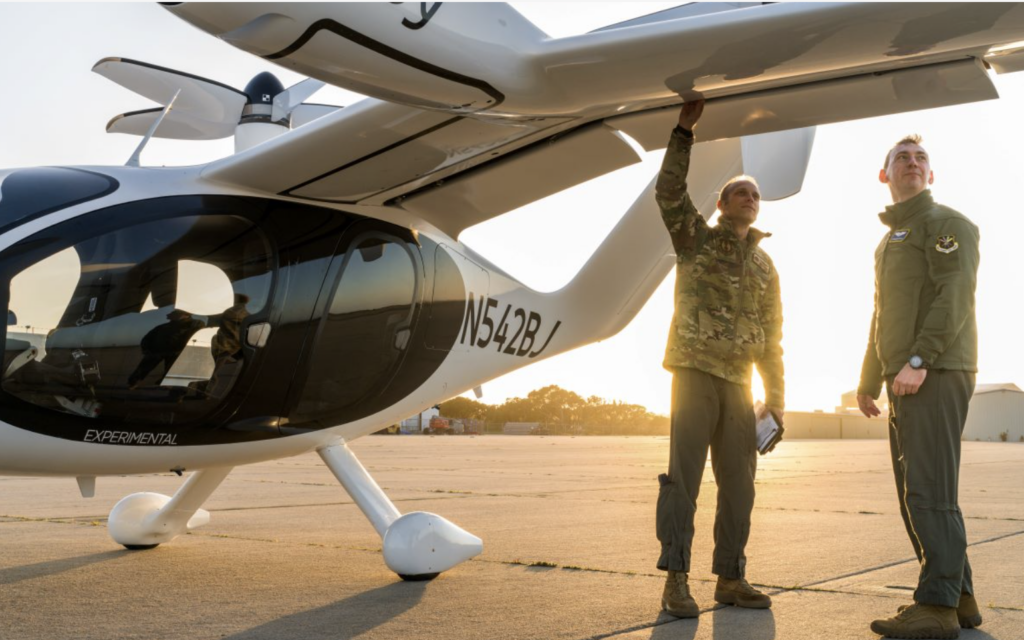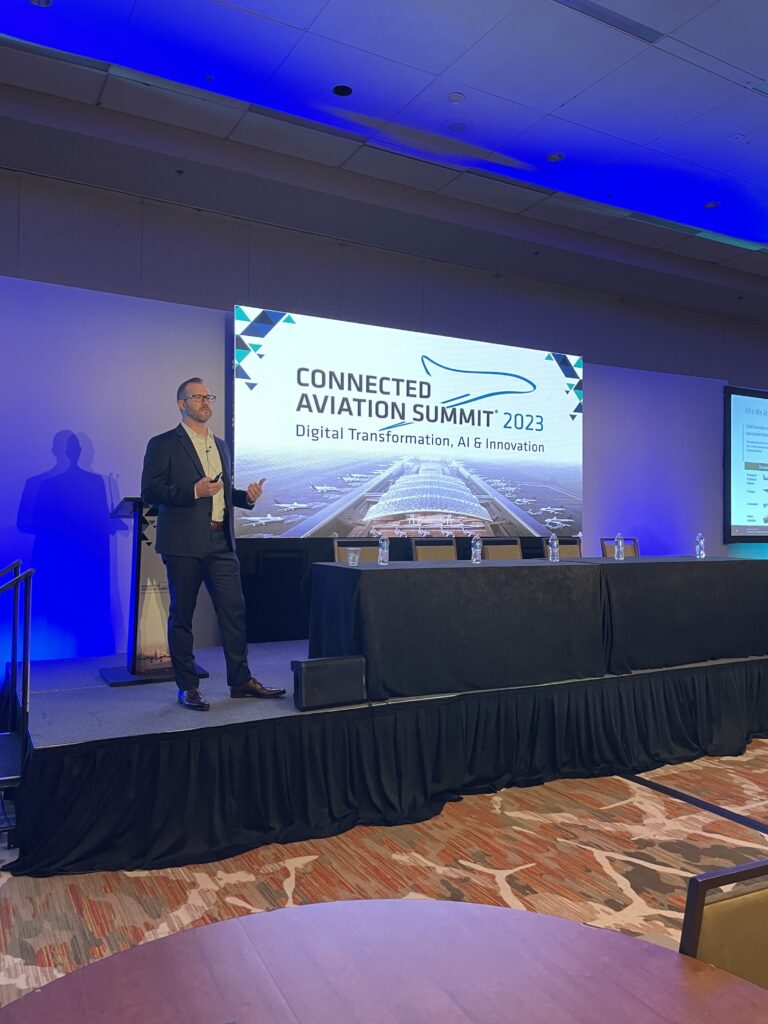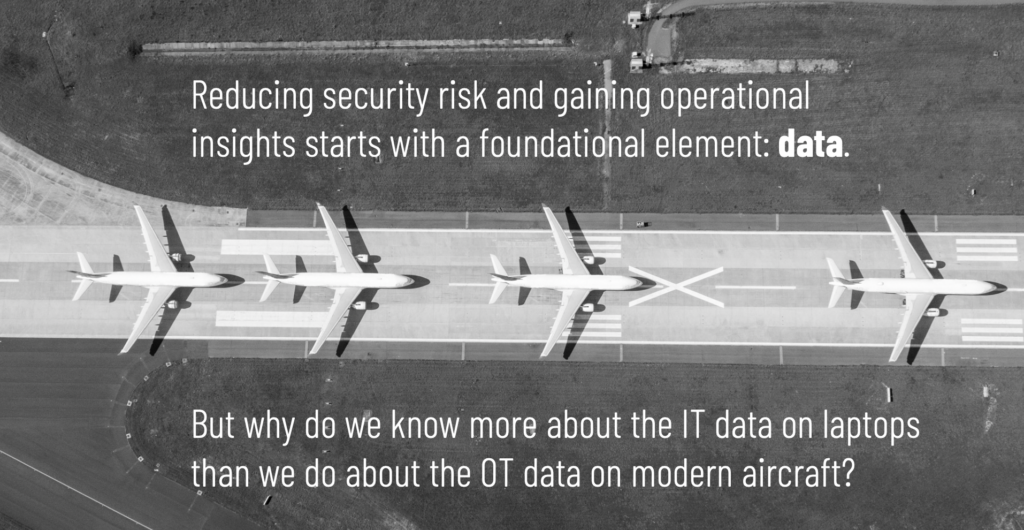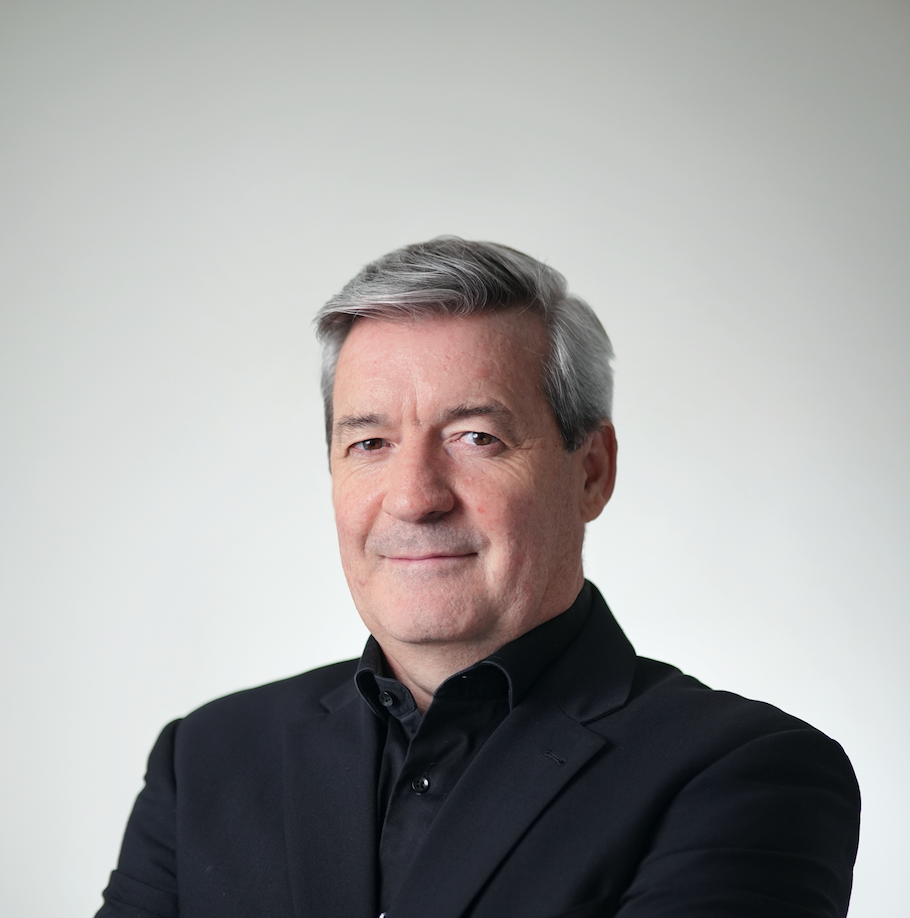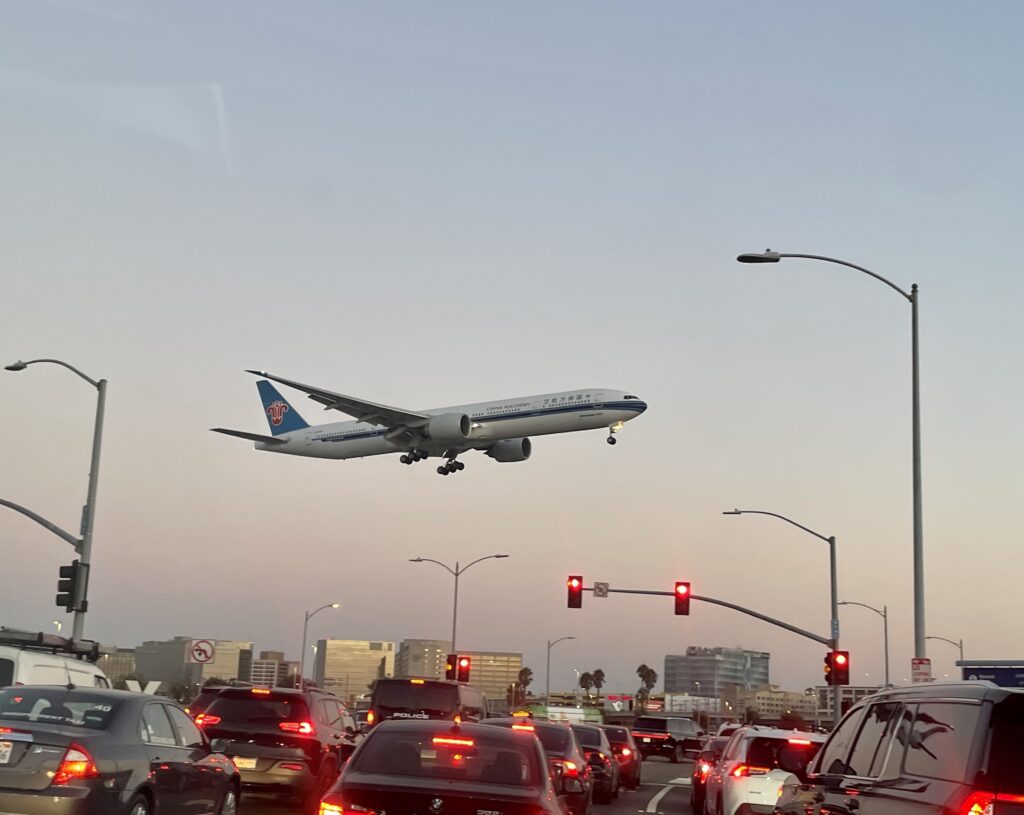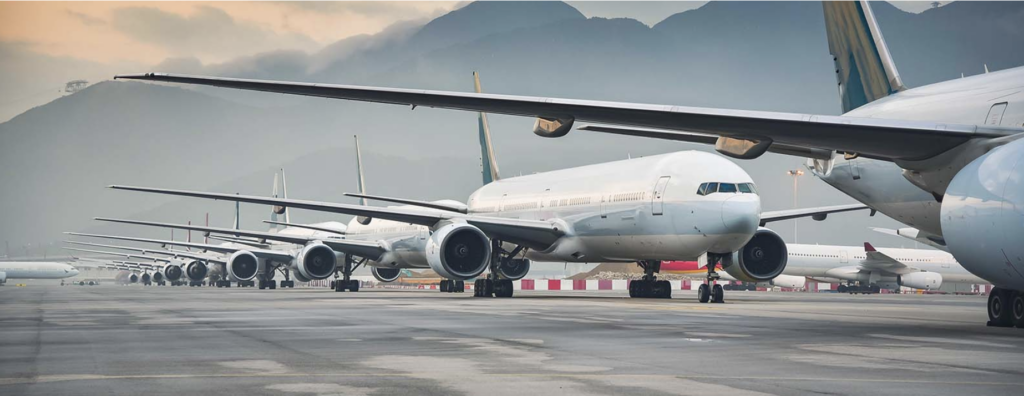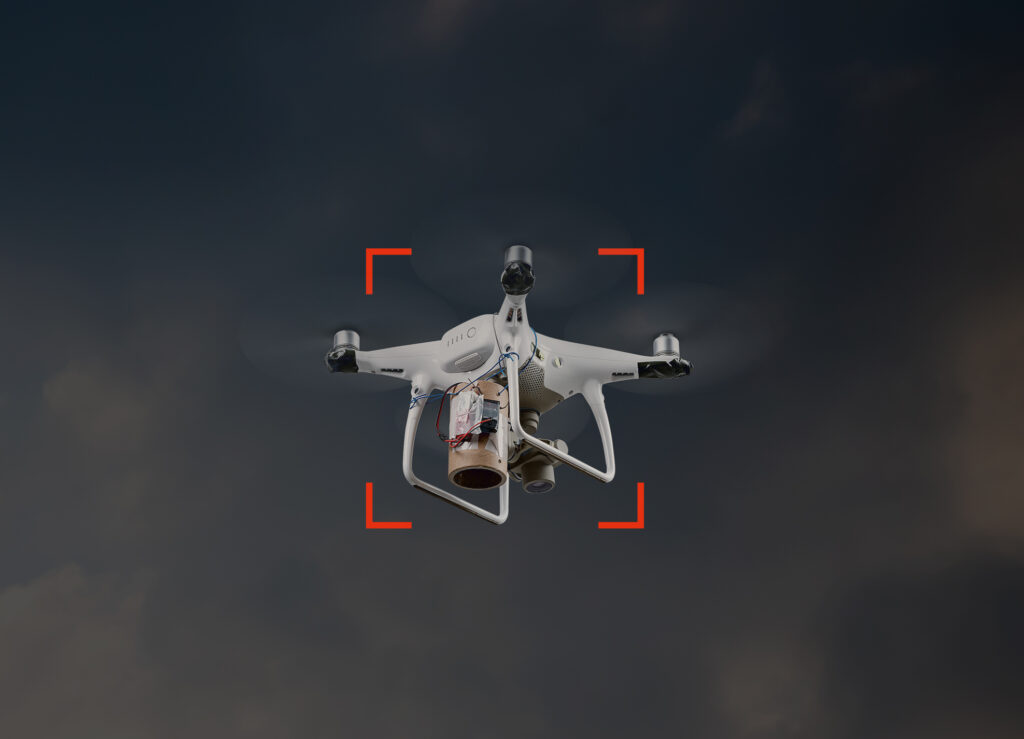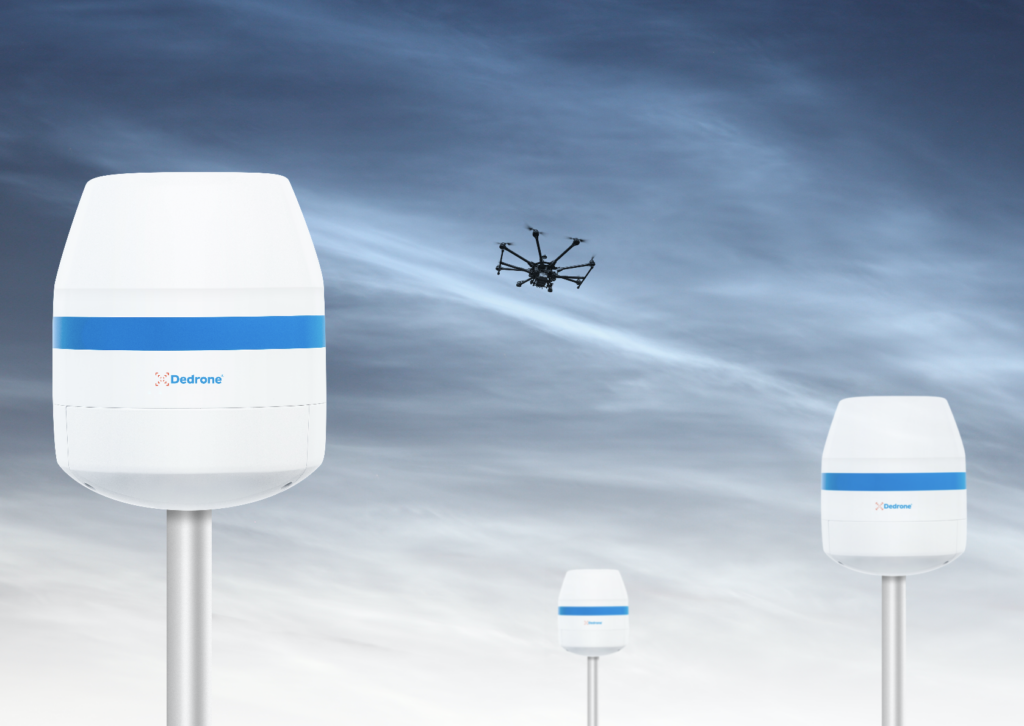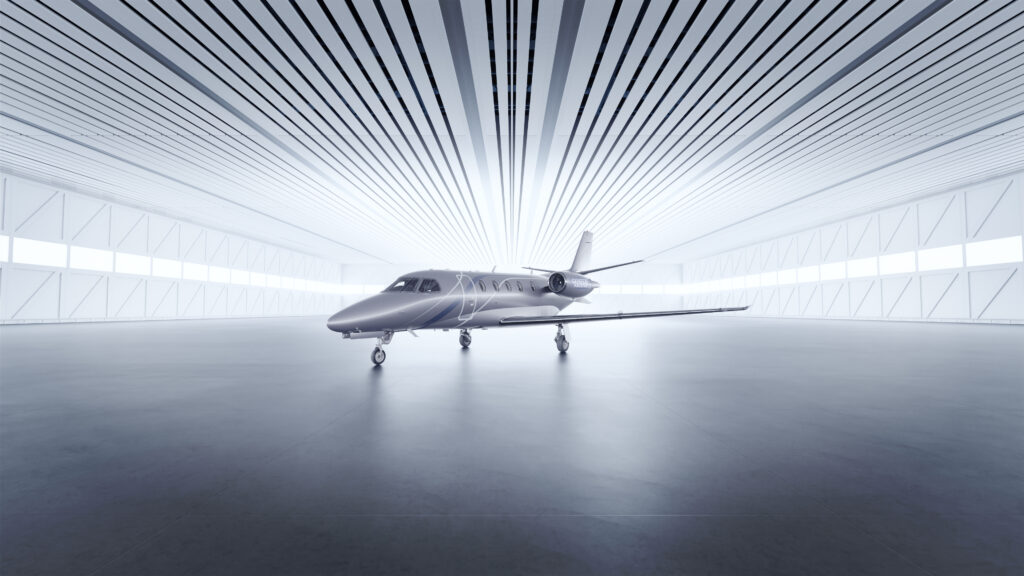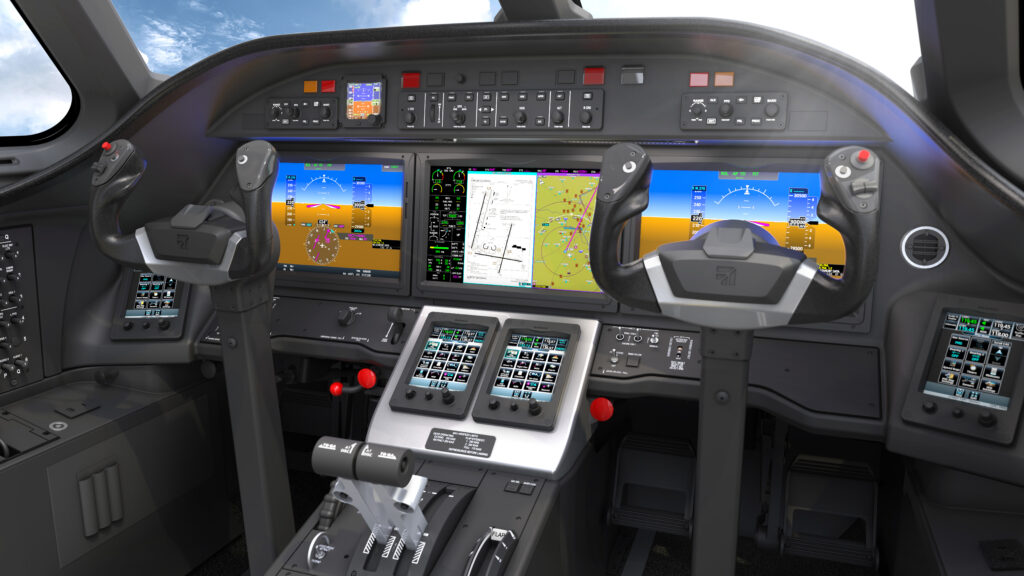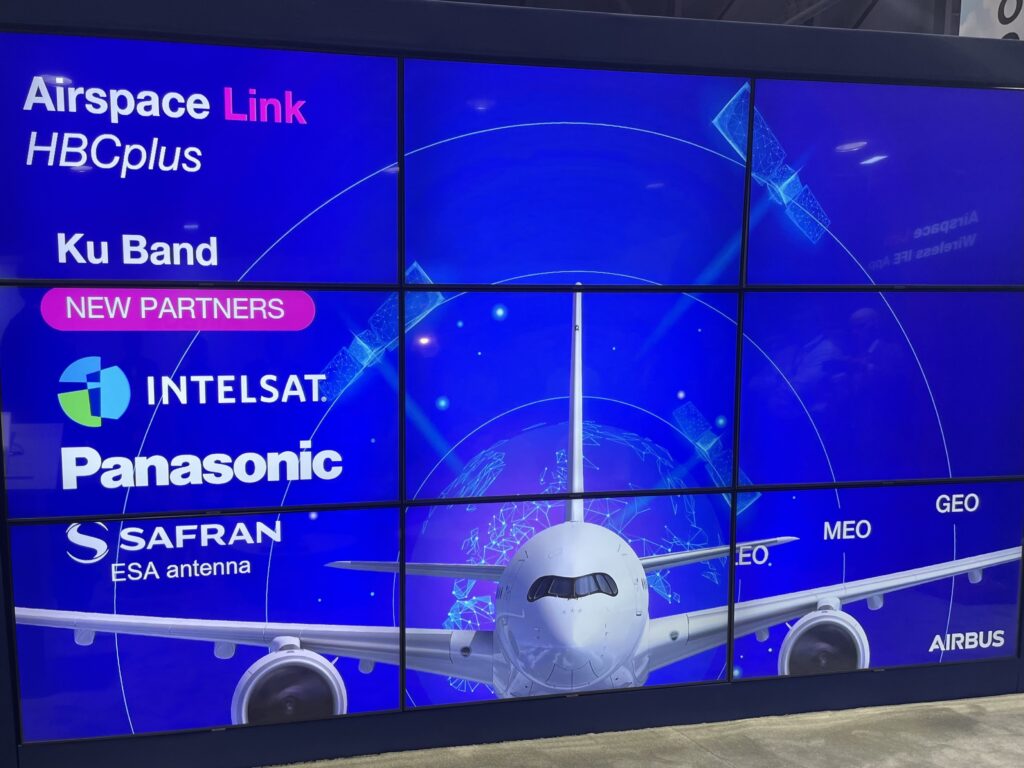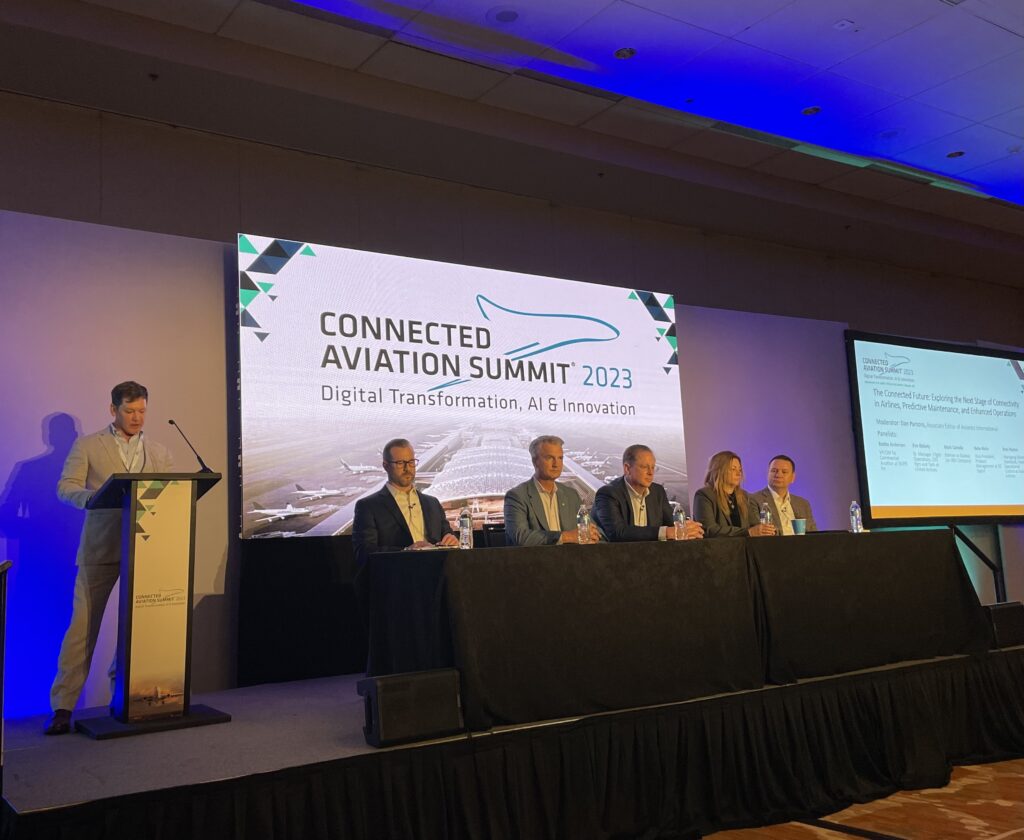

Exploring the Next Stage of Connectivity in Airlines, Predictive Maintenance, and Enhanced Operations at the Connected Aviation Intelligence Summit (Photo: Jessica Reed)
DENVER, Colorado — At the recent Connected Aviation Intelligence Summit, several industry experts joined in a panel discussion titled, “The Connected Future: Exploring the Next Stage of Connectivity in Airlines, Predictive Maintenance, and Enhanced Operations.” Kim Blakely, Senior Manager of Flight Operations, CNS Program and Cockpit Technology at United Airlines, highlighted the airline’s proactive steps to identify connectivity issues onboard their flights. To achieve this, United Airlines’ mobility engineering and CDR teams are collaborating with pilots to log information directly from their Electronic Flight Bags (EFBs). In parallel, they are working closely with Apple to analyze these results and develop potential solutions.
Additionally, Blakely mentioned the introduction of a dedicated SSID for crew members, aimed at enhancing functionality and bolstering security. While immediate actions involve configuration changes and partnerships with Wi-Fi vendors, longer-term plans encompass considering avionic enhancements for upcoming 787 deliveries from the outset.
Addressing the topic of retrofitting older aircraft with new technologies, Bret Peyton, Managing Director Standards, Fleet and Operational Control at Alaska Airlines, commented, “I think one of the one of the biggest challenges is the mixed fleet capability.” While their incoming 737 Max aircraft are fully equipped and connected, their legacy next-generation fleet lags behind, prompting complex cost-benefit analyses on the decision to equip planes with aircraft interface devices. Peyton hinted at the potential to bypass certain devices by leveraging onboard Wi-Fi for connectivity.
Alaska Airlines, seeking to harness the benefits of connected aircraft, has chosen Air Space Intelligence for in-route optimization. Although they are currently testing a flight deck tool, they’ve successfully implemented a dispatch tool over the past three and a half years, which they plan to connect to the aircraft through Wi-Fi, reinforcing their commitment to technological advancements.
Nate Hicks, Vice President of Product Management at GE Digital, remarked during the panel discussion, “We have a few projects that are specifically dedicated towards decoding flight data and then enabling outcomes for operators on top of that decoded flight data.”
GE assists operators in integrating data from various sources such as operational data warehouses, QAR devices, and engine controls. Through a meticulous process of collating, decoding, cleansing, and presenting this data, GE empowers operators to refine their safety management and fuel efficiency programs.
Hicks spotlighted the rising preference for wireless QARs, noting their rapid and straightforward data transmission capabilities. GE’s platform also provides operators with a transparent view of their data transmission—whether manual or wireless—enabling safety analysts to efficiently monitor the most recent datasets across their entire fleet. This approach showcases GE’s commitment to employing data and contemporary technology in supporting aviation operators.
Bobby Anderson, Vice President/General Manager for Commercial Aviation at Shift5, emphasized the complexities of sourcing accurate data from aircraft, especially given the variables of aircraft age and sensor locations. Shift5’s strategy zeroes in on guiding both airlines and military customers to precisely pinpoint and extract essential data without overwhelming the system. Capturing every frame of data across those protocol buses is vital, offering invaluable insights for both cybersecurity and preventative maintenance.
Anderson also highlighted their initiatives in promoting automation around compliance activities. While the industry has made strides in regulatory guidance, especially concerning aircraft network security programs approved by the FAA, Shift5 assists in streamlining this process. Their aim is to enable airlines to efficiently interpret and act upon critical insights rather than get bogged down in raw data.
Kim Blakely of United Airlines commented, “Over-saturation of information [in the cockpit] sometimes is worse than the lack of it.” To tackle this, United has implemented rigorous protocols for onboard apps. Pilots aren’t permitted to download apps arbitrarily; there’s a defined process involving a steering committee’s review. This ensures input from key departments such as line operations, regulatory compliance, cybersecurity, and standards teams.
United also employs tools like Air Space Intelligence for in-flight optimization. As more such tools emerge, the challenge lies in determining the right fit while ensuring integration across various departments, like dispatch and pilots. “They all have to be speaking the same language and have the same information,” Blakely said.
Mark Canada from Dialexa, an IBM company, emphasized the vast potential that AI and ML bring to aviation. To fully leverage these technologies, he stressed the importance of effectively organizing the extensive data drawn from flights and various systems. By laying down this foundational framework, organizations can more seamlessly integrate and experiment with advanced tools like large language models, such as GPT. This structured approach, in Canada’s view, is pivotal for aviation entities to proactively harness AI’s capabilities. “Creating some of those foundational capabilities is what’s required to really allow you to play offense,” he said.
Bret Peyton from Alaska Airlines highlighted the intricate balance between leveraging vast data for operational efficiency and navigating contractual limitations, especially with pilot unions. While airlines are inundated with valuable data and innovative ideas for improvement, they often encounter obstacles rooted in longstanding agreements.
For Alaska Airlines, “We’re frankly operating on a contract that was probably drawn up somewhere in the 1990s, and so it’s restrictive,” Peyton remarked. This is despite the airline’s reputation as a technology leader and pioneer in flight deck innovations. The journey towards harnessing AI and other advanced tools is sometimes hampered by these contractual stipulations, requiring delicate maneuvering. He emphasized that this dynamic represents a common challenge many operators face as they chart their future course. “AI is great—we can do a lot with it, but we have to sometimes tiptoe, unfortunately, around our contractual obligations,” he said.
Kim Blakely of United Airlines emphasized the delicate balance between ensuring pilot protection and the airline’s need for valuable in-flight data. Pilots seek a system where their feedback can be recorded anonymously to avoid potential repercussions, reflecting the broader challenges faced in negotiations with pilot unions. Blakely mentioned that United has recently reached a preliminary agreement. “I’m really hoping that it does open a lot of opportunities for us with the technologies to get more information,” she said. “Honestly, we’re not trying to punish anybody. We just need to get the information; we need to know what’s going on in the cockpit.” Collaborative efforts with pilot unions are crucial to unlocking technology’s potential and improving aviation practices.
Nate Hicks of GE Digital highlighted the challenge of keeping pace with rapid technological advancements within the regulatory confines. While GE Digital collaborates with airline customers who manage regulatory relationships, it’s imperative for GE to gauge the direction of entities like the FAA to anticipate potential hurdles in technology implementation.
A significant area of concern, Hicks noted, is the inefficiency in airspace management. The technology to address these inefficiencies exists today, but active engagement between regulators, airspace managers, and airlines is vital to optimizing current systems and practices.
Bobby Anderson of Shift5 stressed the intrinsic link between safety and security in aviation, emphasizing that a secure aircraft inherently means a safe one. Navigating the regulatory landscape requires a harmonious balance, often necessitating dialogue with pilot unions to create mutual understanding.
Anderson underscored the importance of vast data quantities for effective AI/ML implementation. While AI/ML plays a role in current algorithms, its potential extends much further. To truly harness AI, access to extensive, up-to-date data is crucial, with airlines and OEMs offering invaluable, specialized insights built over decades. Collaboration within the ecosystem, encompassing pilots, operations, and more, is essential to realize the full benefits of AI in aviation.
—————
Boost Internet Speed–
Free Business Hosting–
Free Email Account–
Dropcatch–
Free Secure Email–
Secure Email–
Cheap VOIP Calls–
Free Hosting–
Boost Inflight Wifi–
Premium Domains–
Free Domains
